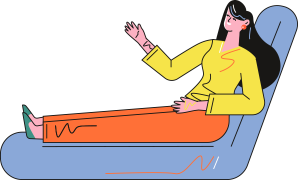How should papular urticaria be treated?
Papular urticaria is a type of contact allergic reaction, often associated with mosquito or flea bites. It results in red papules, wheals, or blisters on localized areas of the body. For milder symptoms, applying calamine lotion can gradually lead to recovery. For more severe symptoms, accompanied by intense itching, in addition to calamine, loratadine can be orally administered for treatment. If blisters are prominent, they can be disinfected with iodine and then punctured to squeeze out the blister fluid, which generally suffices for treatment. This disease tends to recur, so maintaining cleanliness at home is crucial. Avoid keeping small animals, and ensure clothes and bedding are thoroughly sun-exposed and disinfected to eliminate mosquitoes and fleas, thus minimizing the likelihood of recurrence. (Use medications under the guidance of a doctor.)
Trending Health Topics

Get the latest health & wellness news daily right to your inbox.


 Subscribe
Subscribe


